Dos and Don'ts of Cleaning with Bleach

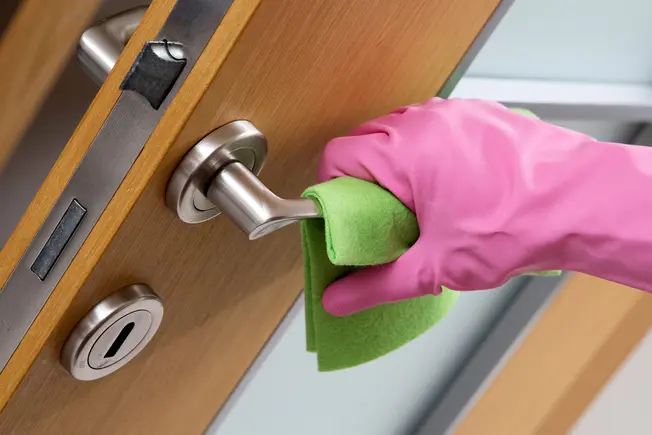
Don't Use It All the Time
Bleach is very strong. Reach for it to whiten laundry or clean up body fluids like blood, vomit, or poop. It’s also a good way to disinfect surfaces you touch a lot. That’s things like doorknobs, countertops, or light switches. Always cut it with water.
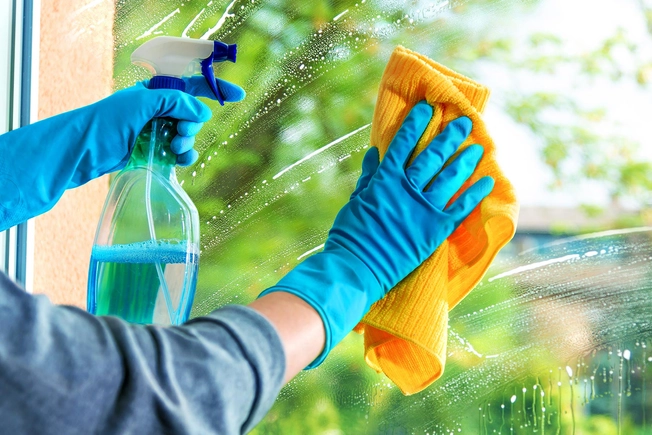
Don't Mix With Ammonia
This forms a toxic gas called chloramine. It can hurt the tissue in your eyes, throat, nose, and lungs. It can also cause breathing problems.
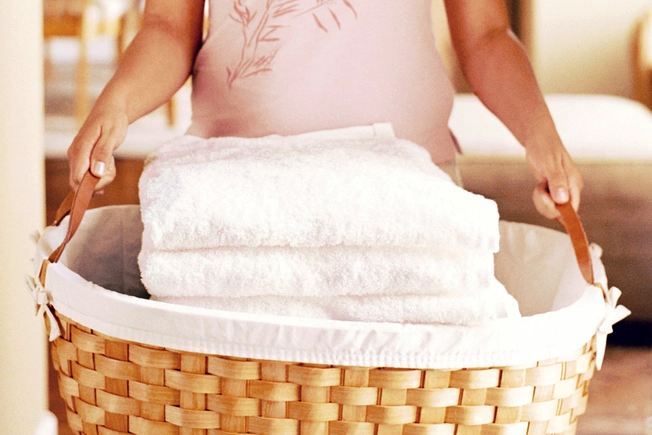
Don't Put Too Much in Your Laundry
Don’t pour it directly on your things. And don’t use more than directed. That could damage them. Bleach is a good stain remover, but you can’t use it on everything. It’s not good for spandex, wool, silk, or leather. Always check the label for directions on how to wash your clothes.
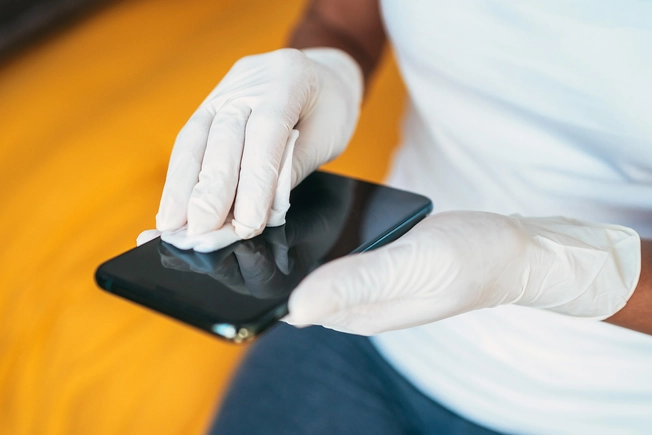
Don't Clean Your Phone With Bleach
Bleach can damage the screen’s fingerprint-resistant coating. It might be OK to use an alcohol or disinfectant wipe. Check with the company that makes your phone to be sure. No matter what you clean with, don’t get any moisture near the openings.
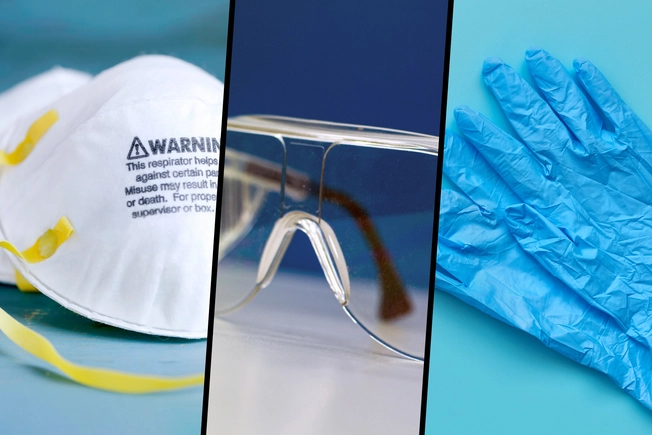
Do Protect Yourself
Bleach can burn your skin if it’s really strong. The fumes might bother your eyes and lungs. Wearing goggles, a mask, and gloves helps. You should also cover your feet and wear long sleeves and pants. Remember that bleach can stain your clothes, so don’t wear anything you really like.
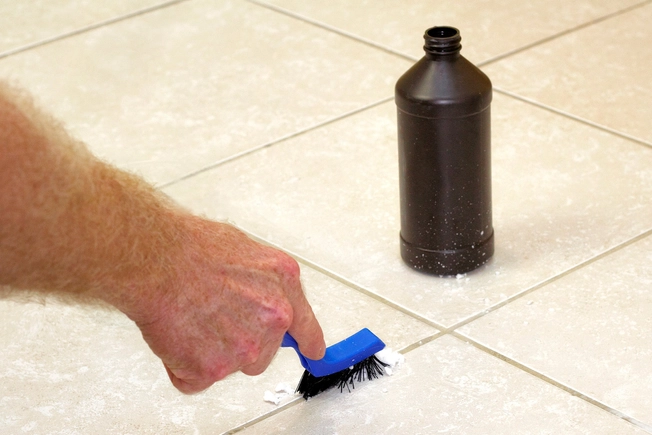
Don't Mix With Acids
Chlorine gas forms when you mix bleach with acids like vinegar or drain cleaner. It’s dangerous to breathe in too much of it. It might make you cough or wheeze. Your eyes, nose, and throat may burn.
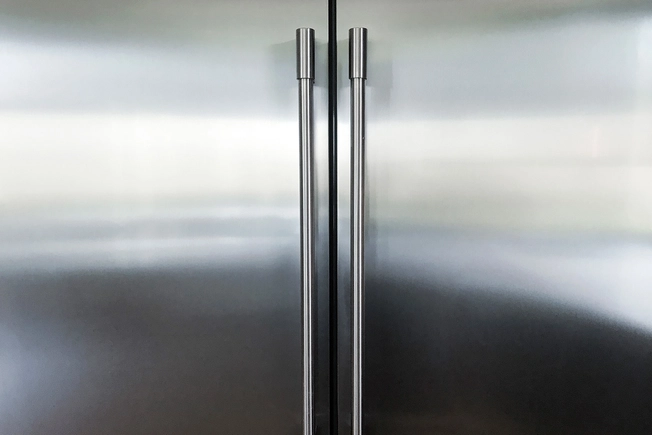
Don't Use It on Metal
Bleach is corrosive. It can eat erode, or eat away, metal surfaces. Don’t use it on copper, stainless steel, aluminum, or other metals. And don’t use bleach to get rid of rust, especially on fabric. It’ll just make the stain permanent.
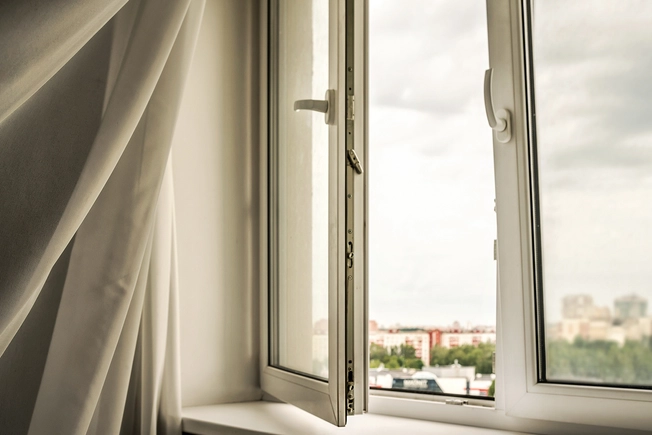
Do Open Windows and Doors
You should be extra careful with bleach if you have allergies or a health condition that makes it hard to breathe. That includes asthma or chronic obstructive pulmonary disease (COPD). Opening windows or doors helps air out your home. Turn on a fan to give the fumes an extra push.
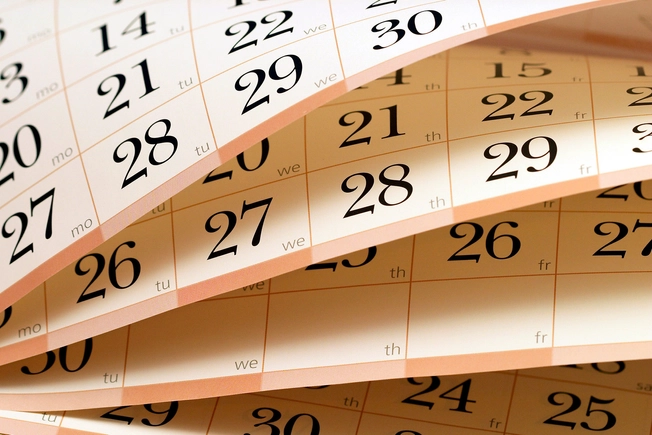
Don't Use an Old Bottle
You’ve got 24 hours to use bleach mixed with water. Pure bleach is good for 3-5 months. Keep the bottle away from heat and sunlight. Always toss it 1 year after it was made. Look for a string of letters and numbers on the label. For instance, you might see MR20106. That means it was made in 2020 on the 106th day of the year. Don’t worry about the letters.
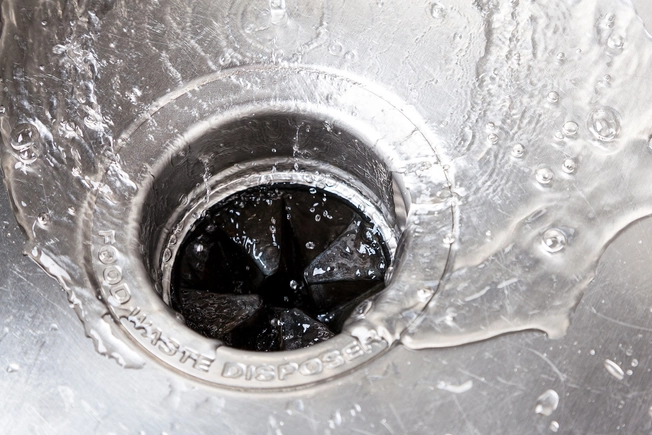
Don't Pour It Down the Drain
It might hurt your pipes or mix with other chemicals. Try baking soda instead. You can toss a handful down the drain and follow that with a rush of hot water. You can also pour 1 cup of vinegar down the drain. Let it sit in your pipes for 30 minutes, then run the hot water.
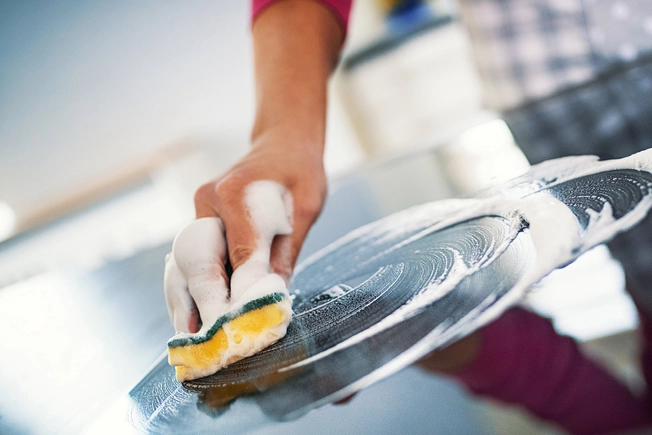
Do Clean With Soap and Water First
Bleach can’t power through dust and dirt. That’s partly because a thick layer of grime protects germs. Use soap and water to clean. Then coat the entire surface with your bleach mix so it’s visibly wet. Let it air dry.
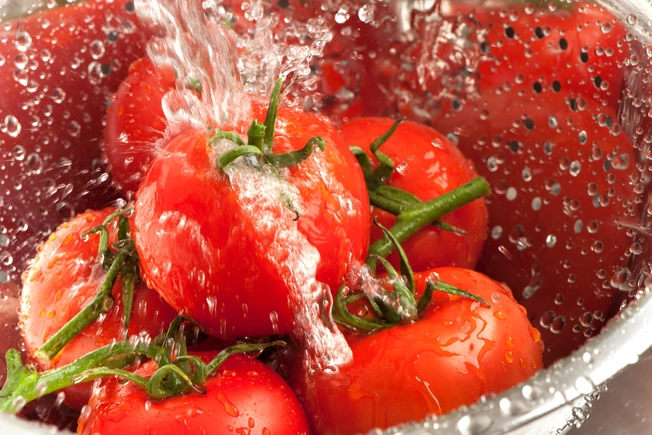
Don't Use It on Food
It’s OK to use bleach mixed with water on eating utensils or surfaces like countertops. But don’t wash your fruits and vegetables with it. Just scrub them under running water.